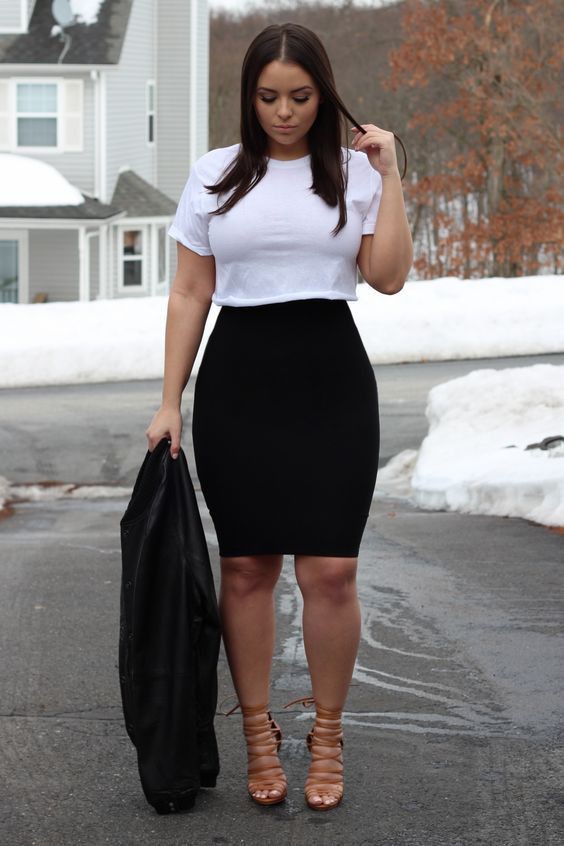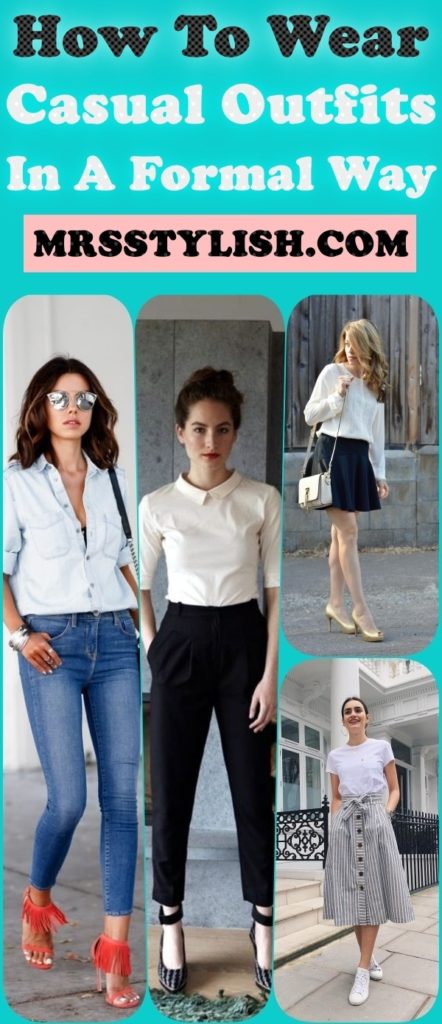
Certain parts ot the tech industry still need to deal with appearances (marketing, sales, PR - a lot of the public facing stuff). Taking care of yourself is never a bad thing and I will never understand why people are opposed to cleaning up a bit. From that moment on we always played in at least a shirt and tie and slacks.

We were playing to people who were paying $30 for a glass of wine and lucky for me my musical mentor saw me walking in and told me to go put some fucking clothes. First time we had a gig I showed up in a tank top and jeans. I learned that very early on in life I guess when I was playing in a band in high school and we played some nicer places such as higher end wine bars and restaurants. In the current job market is so competitive that its crazy to think that you will be able to move up on just merit alone.īeing able to present yourself is part of being a professional. I am baffled by the number of people in this thread who don't think that it matters as long as the guy can deliver. Before the pandemic, that figure was 25%, Ohashi said.I used to think that appearance didn't matter when I was looking for a job or trying to move up.when I was in high school. Now, 45% of its offerings are casual sportwear like sweaters and polo shirts. Under a new owner and CEO Ken Ohashi, the company has found success in offering relaxed styles in a post-bankruptcy reinvention. The 200-year-old haberdashery Brooks Brothers had a bigger challenge - it never followed the casual office attire trend several years ago like its rivals.

“The new challenge is: How do I look presentable when I am in person without sacrificing comfort?” said Gihan Amarasiriwardena, co-founder and president. It also slimmed down hems on pant suits to give them “sneaker” cuts.Īs workers return to the office, Ministry of Supply is keeping those relaxed looks and sneaker cuts and has permanently eliminated zippers - all its pants have elastic waistbands or drawstrings. The Boston-based company started by graduates from the Massachusetts Institute of Technology quickly reengineered the items, sticking in elastic waistbands and removing zippers. When the pandemic hit, it was stuck with piles of tailored pants and jackets in performance fabrics deemed irrelevant for a remote workforce.

Upscale department store Nordstrom, for example, has opened women’s denim shops to highlight its expanded selection as it sees more women wearing jeans to work.Įven Ministry of Supply, a company looking to make work clothing as comfortable as exercise wear, had to make big changes. Retailers had to pivot to Americans’ changing demands throughout the pandemic and now again with many returning to offices. “It’s kind of fun to dress up,” said Kirchner, who had a baby early in the pandemic and wants to wear clothes that don’t make her look like what she calls a “frumpy mom.” “It’s kind of like that back-to-school feeling.” Now, she’s turning to the service for high-end jeans, blouses and blazers. She used to wear tunic tops and leggings from Stitch Fix in the pre-pandemic days. Other workers, however, are feeling excited about dressing up again.Įmily Kirchner, 42, of Stevensville, Michigan, who works in communications for a major appliance manufacturer, said she’s investing more in her wardrobe as she returns to the office. The ratio of elastic-waist work pants to those with buttons or zippers on Stitch Fix was one to one in 2019 now it’s three to one. Polo shirts have replaced the collared button-down for men, and there’s strong demand for pull-on pants, the company said. For the first three months of the year, revenue for that type of clothing was up nearly threefold over a year ago. Stitch Fix, a personal shopping and styling service, noted men are increasingly choosing options like hiking and golf pants for the office. It said “business formal” rentals - traditional workwear like basic sheaths, pencil skirts and blazers - are roughly half of what they were in 2019, said Anushka Salinas, president and chief operating officer. But its customers are choosing colorful versions like pastel and fabrics like lightweight tweed, linens and twill. Instead, casual sneakers are now the most common shoes for work.Ĭlothing rental company Rent the Runway said rentals for blazers were up nearly twofold in February from last year, reflecting a return to offices. Sales of dressy footwear have been rebounding since 2021, but they’re still 34% below 2019 levels and more likely fueled by the return of social occasions, not the office, NPD said. Wire-free bras now represent more than 50% of the total, non-sports bra market in the U.S., reversing a long-term trend, according to NPD.

Data from market research firm NPD Group and retailers reflect the shifting trends.


 0 kommentar(er)
0 kommentar(er)
